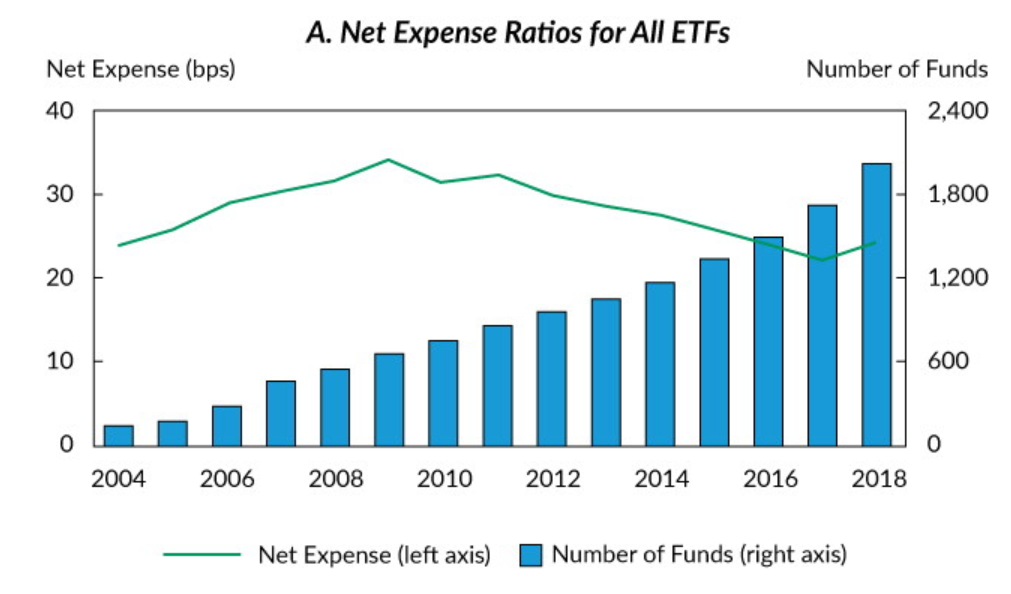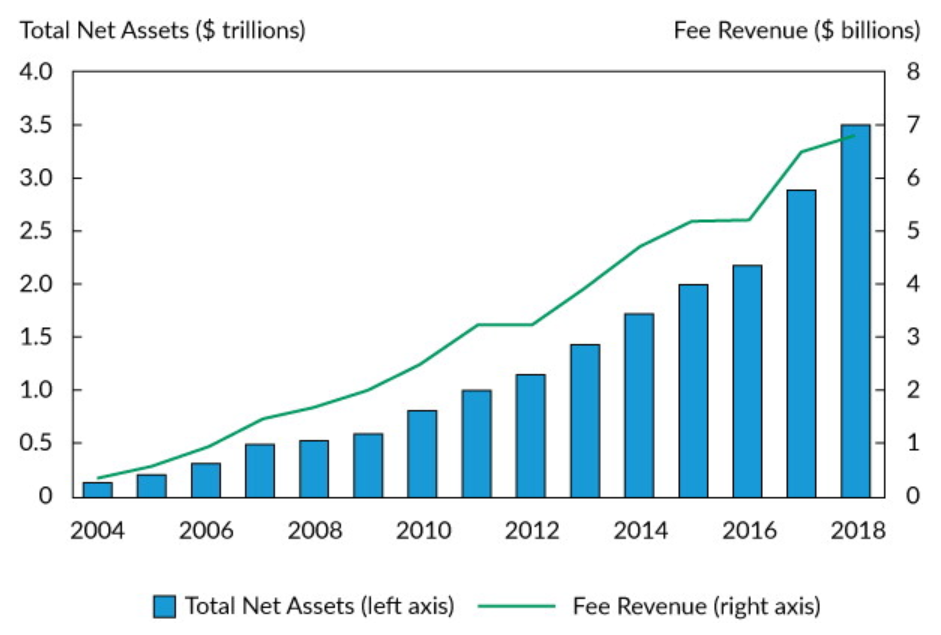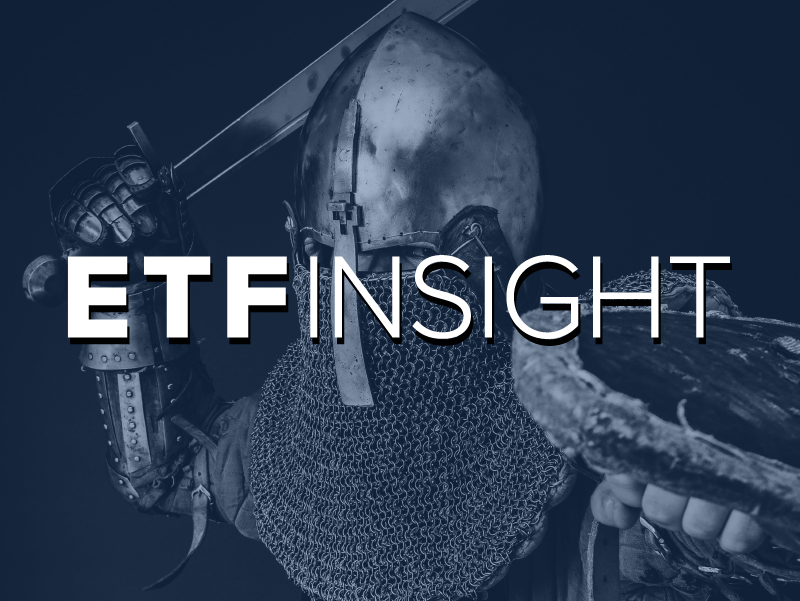In one of the biggest myth busters in recent memory, academic research has found ETF fees have remained relatively steady since 2004, despite media headlines over the years suggesting the complete opposite.
The research, entitled The Dynamic of ETF Fees, found average ETF fees dropped by 11 basis points between 2009 and 2017 but subsequently rose in 2018, taking them to the same level as they were in 2004.
This lack of fee compression has occurred despite the number of ETFs in the US increasing from 145 in 2004 to 2,208 in 2018.

Source: Box, Ryan and Fuller (2019)
The report said 2018's increase in fees could be explained by the introduction of more specialised and complex ETFs, such as inverse and leveraged strategies, that can charge higher fees.
In a move to differentiate and charge higher fees, ETF issuers have developed strategies in more niche areas of the market such as smart beta, fixed income and ESG.
This has enabled ETF issuers to slash fees to rock-bottom levels for core exposures such as US equities while for more specialised parts of the market, prices have remained relatively stable over the past 15 years.
Authors of the report Travis Box, Ryan Davis and Kathleen Fuller, said: “Investors may have become more willing to pay the higher fees of specialised strategies because they believe that these ETFs provide better opportunities for superior performance.”
Furthermore, the report added the increase could also be explained by investors pouring assets into more expensive products.
Of the top 10 passive funds experiencing the most growth from fund flows in 2018, nine had total expense ratios (TERs) above 0.15% while five of those had TERs of 0.45% or higher.
The trio warned: “Although some great deals are to be found in the most popular investment categories, inattentive investors relying on the headlines may choose a fund with higher fees simply because its sponsor is perceived to be a low-cost provider.
“In 2018, we observed investors shifting their money toward more complex strategies and paying more for the privilege. ETF investors may have paid up to $3.6 billion more in fees than necessary in 2018 alone.”
Warning pure focus on fees ‘misleading’ and ‘dangerous’
Furthermore, the research found total fee revenue for ETF issuers increased by 23.5% over the 15-year period to 2018.

Source: Box, Ryan and Fuller (2019)
This, the authors said, shows how the supposed pressure on fees has not adversely impacted ETF issuers.
“Therefore, we recommend that investors take full advantage of these headline-grabbing ETF offerings but pay close attention to expenses when allocating investment dollars to more specialised parts of the portfolio,” the trio concluded.
ETF Insight is a series brought to you by ETF Stream. Each week, we shine a light on the key issues from across the ETF industry, analysing and interpreting the latest trends in the space. For last week’s insight, click here.


